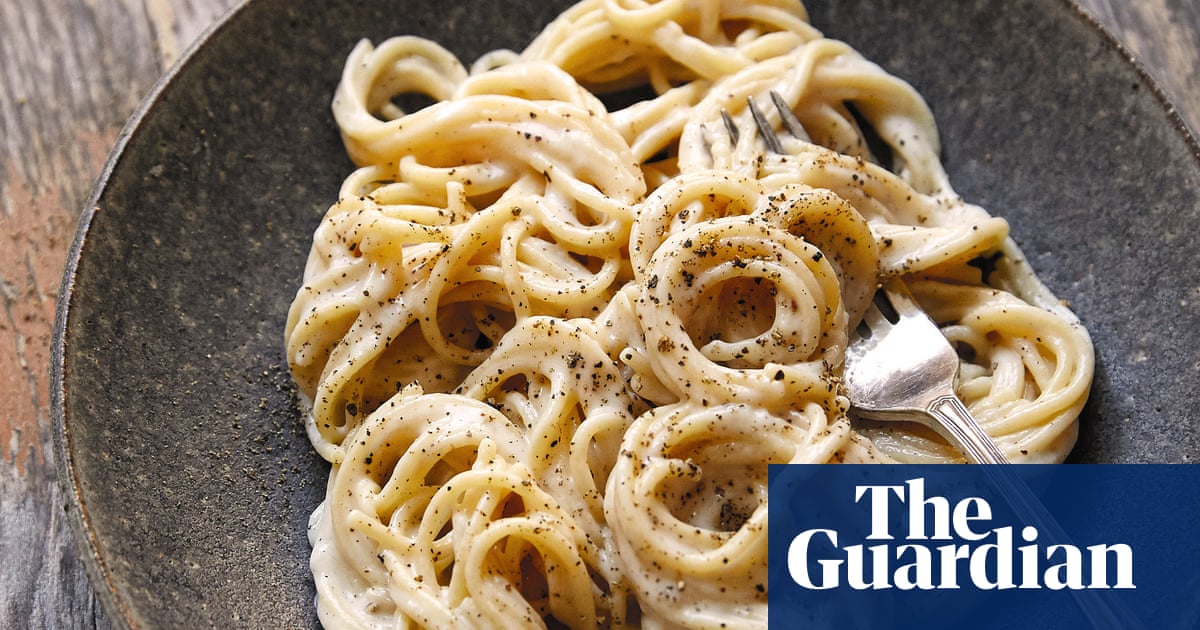
"People are so good now at using the pasta cooking water, but that means everything is hotter. And that right there, she says, is the cause of Samuel's cheese-clumping plight: When cheese gets too hot, the solids lose their fat and liquid, and turn into these horrid little blobs. The line between melted and coagulated is a fine one, too: It's probably only a couple of degrees."
"Tim Siadatan, co-owner of Trullo and Padella, both in London, and author of Padella: Iconic Pasta at Home, uses parmesan in his pici cacio e pepe because it's not that easy to melt: It's a very hard, dry cheese with a high protein content, and it's that combination of characteristics that makes it difficult to melt, especially compared with the likes of mozzarella, which is soft, high in moisture and fat, and low in protein."
Cheese clumps when it overheats because the solids lose fat and liquid and coagulate into blobs; the temperature window between melted and coagulated is very small. Hard, dry cheeses with high protein content, like parmesan or pecorino, are especially difficult to melt smoothly. Fine grating increases surface area and aids melting, but grated cheese must be kept cool to avoid sweating and pre-clumping. Combining grated cheese and pepper with cold water (or grated ice) into a paste before adding hot pasta helps create a stable, creamy emulsion. Brief, careful tossing and temperature control prevent graininess and blobs.
Read at www.theguardian.com
Unable to calculate read time
Collection
[
|
...
]